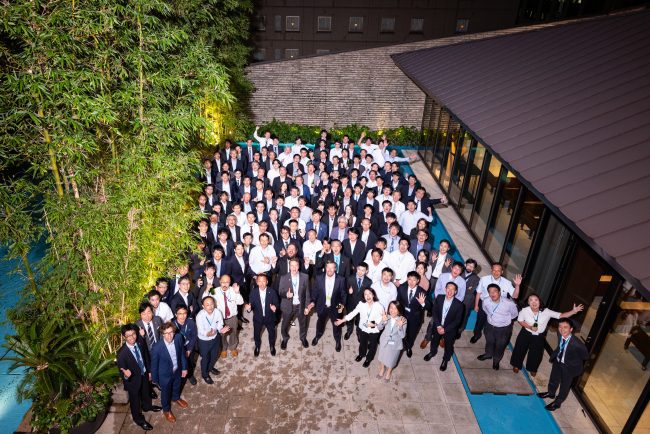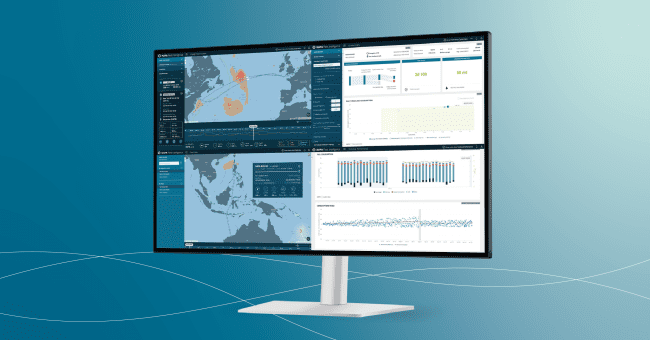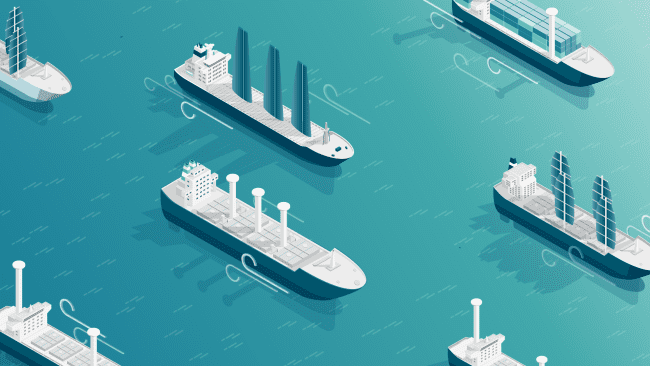Stability as a service
By Lauri Pöyhönen and Petteri Vilanen, Safety Solutions, NAPA Ltd.
The cruise industry is constantly expanding its itineraries, and there’s a constant competition to see who can go the furthest. The first expedition cruise was to Antarctica in 1966, but until relatively recently they were relatively rare. In part this was because they were usually no-frills affairs, and old icebreakers were the most common form of transport.
In the last few years that has changed enormously. A large and growing number of people – mostly baby boomers – with the time, money, and desire to experientally explore far-flung locations have changed this equation for the better. Expertly-designed cruise liners have replaced icebreakers, Michelin-starred chefs have replaced ready meals, and purpose-built stability software has improved and enhanced a master’s intuition for safe operation.
Data onboard
Today’s cruise ships are hotbeds of data. They generate it, collect it, and transmit it in ever larger quantities. These communications have grown into live connections using real time information, and now enable big data analytics that drive fundamental and far-reaching changes in vessel stability analysis.
The passenger sector is also becoming increasingly reliant on data-driven business processes and decision making as companies seek faster adjustment and more efficient execution.
To a layman it can sound simple, but something as routine as ballast water management on board a ship has an enormous impact on a its stability – not to mention on the crew’s time. How much fresh water do we have on board? How much grey water? How much grey water can we still produce? How much fresh water can be consumed? Can the grey water be transferred to the ballast tanks? It all needs to be monitored, assessed, and acted upon.
Fuel, too, enters the equation – which becomes all the more complex at the prospect of the need to bunker different blends of fuels to meet differing regulatory requirements in 2020. Taking all this into consideration while ensuring the safety of the vessel, that the stability is never compromised, and optimum floating position is maintained and used throughout the voyage? It’s not an easy job for this ship’s crew!
Managing stability onboard
A ship’s stability and deadweight management should be a continuous and proactive process where voyages and the ship’s lifetime structural changes are planned in advance. We must also never forget how important ship specific tailored trainings are in stability management.
NAPA provides real time data, advanced analytics, intuitive dashboards and artificial intelligence tools to all the major cruise lines. This gives them everything they need in one place to ensure the stability and safety of their fleets.
Lauri Pöyhönen and Petteri Vilanen be at Seatrade Cruise Global from 9-11 April in Miami, Florida. If you’d like to hear more about how NAPA helps keep tens of thousands of cruise ship passengers safe every day, and how our market-leading vulnerability analysis and decision-making support systems, please get in touch.


